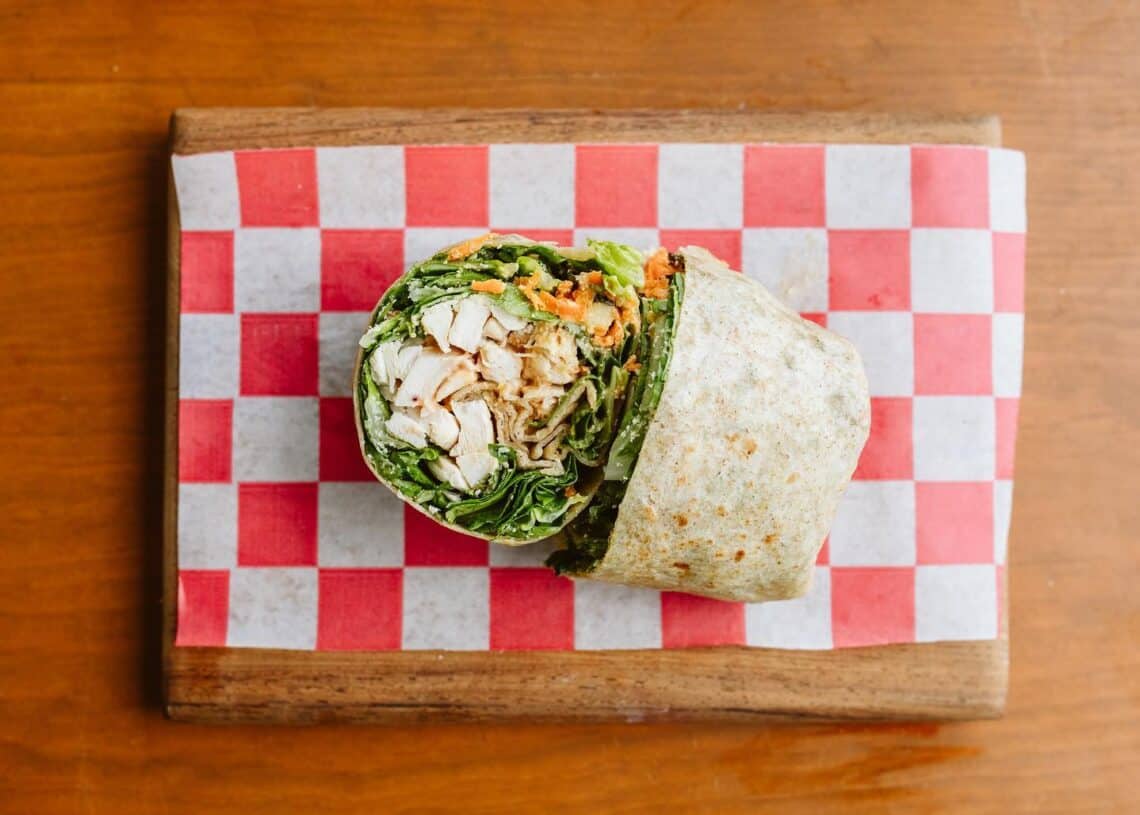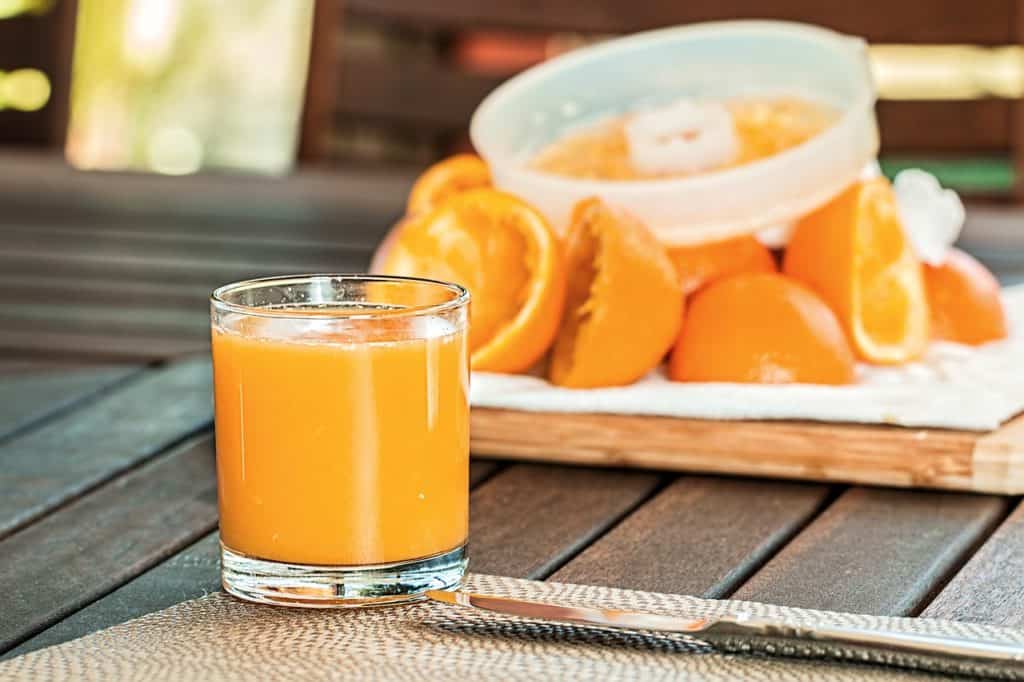The Real Food Revolution: How to Find Genuinely Healthy Food in Cozumel
It’s a funny thing that happens somewhere in your 40s or 50s.
You finally have the time and (maybe) the money for a proper vacation. You book the ticket to Cozumel, dreaming of that impossible turquoise water and a week of decompression. But then, a new kind of travel anxiety creeps in.
It’s not, “Did I pack the right shoes?” It’s, “How am I going to feel after a week of resort buffets and sugary cocktails?”
Let’s be honest. Our bodies just don’t bounce back the way they did. A few days of heavy, fried, all-inclusive fare, and you feel it. The energy dips. The joints get creaky. The brain fog rolls in. We’ve spent the last decade learning about inflammation, gut health, and “clean eating”—not because it’s trendy, but because it genuinely makes us feel better.
So, how do you square that with a vacation in Mexico, a place (unfairly) known for chips, cheese, and tequila?
You’re not alone in asking this. More and more, travelers like us are looking for ways to stay healthy on the road. We don’t want a Spartan “detox tour.” We just want real food. We want fresh fish, vegetables that taste like they came from the sun, and fruit that hasn’t been sitting in a shipping container for two weeks.
And Cozumel, I’m happy to report, is an amazing place to find it.
But you have to know where to look. And you have to change your definition of “organic.”
First, Let’s Talk About “Organic”
When we think of “organic” in the U.S. or Europe, we picture a particular, costly green-and-white label. We think of Whole Foods, of certified supply chains, of rigid, government-regulated standards.
Here’s the first and most important lesson about eating in Cozumel: You have to let go of the label.
The “certified organic” (orgánico) system in Mexico is complex, expensive, and mostly focused on large-scale exports (think avocados, coffee, and bananas heading to your local supermarket back home). For a small farmer on an island, getting that certification is often impossible.
But here’s the secret: most of the food here is “organic” in the way we actually mean.
It’s “pre-industrial.” It’s “ancestral.” It’s “grown in a backyard.”
The island’s soil isn’t designed for massive, single-crop farming. Most of the produce you’ll find at local spots is grown on small-scale family farms, both on the island and just across the water on the mainland (in the state of Yucatán). They can’t afford expensive chemical pesticides and fertilizers, so they just… don’t use them.
What you’re looking for isn’t a label. You’re looking for fresh.
So, if you can’t trust the packaging, what do you trust? You trust your eyes, your nose, and the locals. And that hunt for real, healthy food in Cozumel starts in one place.

The Real Deal: The Local Market
Forget the big, shiny supermarkets on the waterfront. They’re fine for sunscreen and basics, but they’re aimed at tourists. They import a lot of their produce from the same global suppliers you have back home.
You want to go where the chefs and grandmothers go. You want the Mercado Municipal de Cozumel.
Find it on Calle Adolfo Rosado Salas, a few blocks inland. Go in the morning. This is not a quaint farmer’s market for tourists. This is a loud, chaotic, wonderful, real working market.
Here’s what you’ll find:
Fruterias: Stalls piled high with fruits and vegetables you’ve maybe never seen before. Sure, some pineapples smell so sweet they’ll make your teeth ache. But look for the mamey, a fruit that tastes like a sweet potato pie. Ask for chaya, the local “tree spinach” that’s one of the most nutrient-dense greens on the planet. Grab limones (key limes), not the big green Persian limes we’re used to. They are the heart of all local cooking.
The Sights and Smells: You’ll see men hacking at coconuts with machetes, handing you the whole thing with a straw for a few pesos. You’ll smell the sharp tang of cilantro and the deep, earthy smell of fresh corn tortillas being pressed.
The “Lived Experience”: This is it. This is E-E-A-T (Experience, Expertise, Authoritativeness, and Trustworthiness) in the flesh. You are buying food from people who have been doing this for generations. Ask them, “Qué es fresco hoy?” (What’s fresh today?). They will point you to the good stuff.
This is your first, best stop for stocking a condo kitchen. You’ll be eating fresher, cheaper, and healthier than anywhere else.
The Seafood Secret: Fresher Than “Organic”
Let’s talk about protein. You can find “grass-fed” this and “free-range” that, but on an island, the single best, healthiest, most “organic” protein is swimming just offshore.
Don’t buy fish from the supermarket.
The real gold is at the pescaderías (fish markets). The most famous one is simply called Pescadería San Carlos. It’s an unassuming blue-and-white building. Inside, you’ll find fishermen selling what they literally just pulled off the boat.
We’re talking snapper, grouper (mero), and triggerfish.
This is the definition of healthy eating. This fish hasn’t been farmed, dyed, or flash-frozen. It was sleeping in the ocean that morning. Buy a kilo of snapper fillets, take them back to your condo, squeeze on some of those fresh limones from the market, add a little salt, and pan-sear it.
You will never have a fresher, cleaner, more anti-inflammatory meal.
If you don’t have a kitchen, just apply this logic to restaurants. Look for the little, family-run coctelerías (seafood cocktail spots). Ask them, “What’s the catch of the day?” If they say “snapper” or “grouper,” get it. Order it a la plancha (grilled) or as ceviche.
This is the real Cozumel diet. It’s high in protein, loaded with Omega-3s, and as fresh as it gets.

When You Want Someone Else to Do the Work
Okay, shopping at the market and cooking fish is excellent. But you’re on vacation. Sometimes you just want an easy button. You want to sit down and order a salad or a green juice without having to think.
In the past, this was tough in Cozumel. But as more people like us have started asking, the island has responded. A handful of genuinely great spots have opened, catering specifically to the healthy-eating crowd.
Here are the two standouts.
La Cuisine by Nutribalance
This place is the real deal. It’s tucked away on Avenida 11 sur, and it’s not just a restaurant; it’s a full-on wellness cafe run by people who are serious about nutrition. This isn’t some fly-by-night juice bar.
You’ll see them hauling in actual crates of pineapples, chaya, and spinach. They make potent, nutrient-dense cold-pressed juices and smoothies designed to make you feel good, not just give you a sugar high.
The vibe here is all about clean fuel. Think massive salads with house-made dressings, quinoa bowls, and healthy wraps. It’s the perfect antidote to a day of travel or a rich dinner the night before. The owner is incredibly sweet and often hands out little “energy balls” to customers. It’s a spot that genuinely cares.
Be Natural
Then there’s Be Natural. This spot, right on 10th Avenue, feels like it was beamed in from a cool neighborhood in Austin or L.A., but with zero pretension.
It’s just good, honest food.
They were catering to the “clean eating” crowd long before it was a hashtag. The menu is a lifesaver, especially if you’re traveling with mixed company (a vegan and a carnivore, sound familiar?). They have a huge selection of fresh-pressed juices, as well as fantastic traditional Mexican dishes made clean.
You can get sizzling hot tortillas and amazing tacos, but they also have a massive selection of vegan and vegetarian options that are creative and flavorful, not just afterthoughts. It’s a place where everyone can find something. It’s reasonably priced, totally relaxed, and a fixture for locals and expats looking to eat healthy.
A Simple Strategy for Feeling Good
So, how do you pull this all together? It’s not about perfection. It’s about balance. It’s about feeling better when you leave than when you arrived.
Here’s a simple, actionable plan.
If You Have a Kitchen (Condo or Airbnb):
First Stop: Mercado Municipal. Buy eggs, avocados, limones, tomatoes, onions, cilantro, and whatever fruit looks amazing. Grab a bag of local coffee.
Second Stop: Swing by the pescadería. Buy a pound of fresh-caught fish fillets.
Your Daily Plan:
Breakfast: Scrambled eggs with avocado and a side of fresh papaya.
Lunch: Make a huge batch of pico de gallo (just chop tomatoes, onion, cilantro, lime) and fresh guacamole. Have it with some corn tortillas or as a massive salad.
Dinner: Pan-seared fish with a squeeze of lime and a simple salad.
If You’re at a Resort or Hotel:
At the Buffet: Skip the mystery casseroles and pastries. Head straight for the omelet station. Ask for eggs with all the fresh-cut vegetables. Load up on fresh fruit.
For Lunch: Get out of the resort. Go to Be Natural or La Cuisine for a real-food meal that will give you energy for the afternoon, not put you to sleep.
For Dinner: Find a local, family-run restaurant (not a tourist trap on the main drag). Order the catch of the day grilled, or get the sopa de lima (lime soup), a light, healing broth that’s a Yucatán specialty.
This isn’t about deprivation. You should absolutely have the cochinita pibil. You should drink the margarita.
But by making real food the foundation of your trip, you get to enjoy the indulgences without paying the price. You end the day feeling good, not guilty.
The best souvenir you can bring back from Cozumel isn’t a t-shirt. It’s that feeling of being reset, re-energized, and reminded of what real, unprocessed food is supposed to taste like.
Why Book With Us?
Book through this website, and we guarantee you’ll get the lowest price online. You’ll be dealing directly with us, the owners, and we never charge booking fees, so that you will save up to 30% on the cost compared to sites like Airbnb. Book our Downtown Airbnb in Cozumel here.


